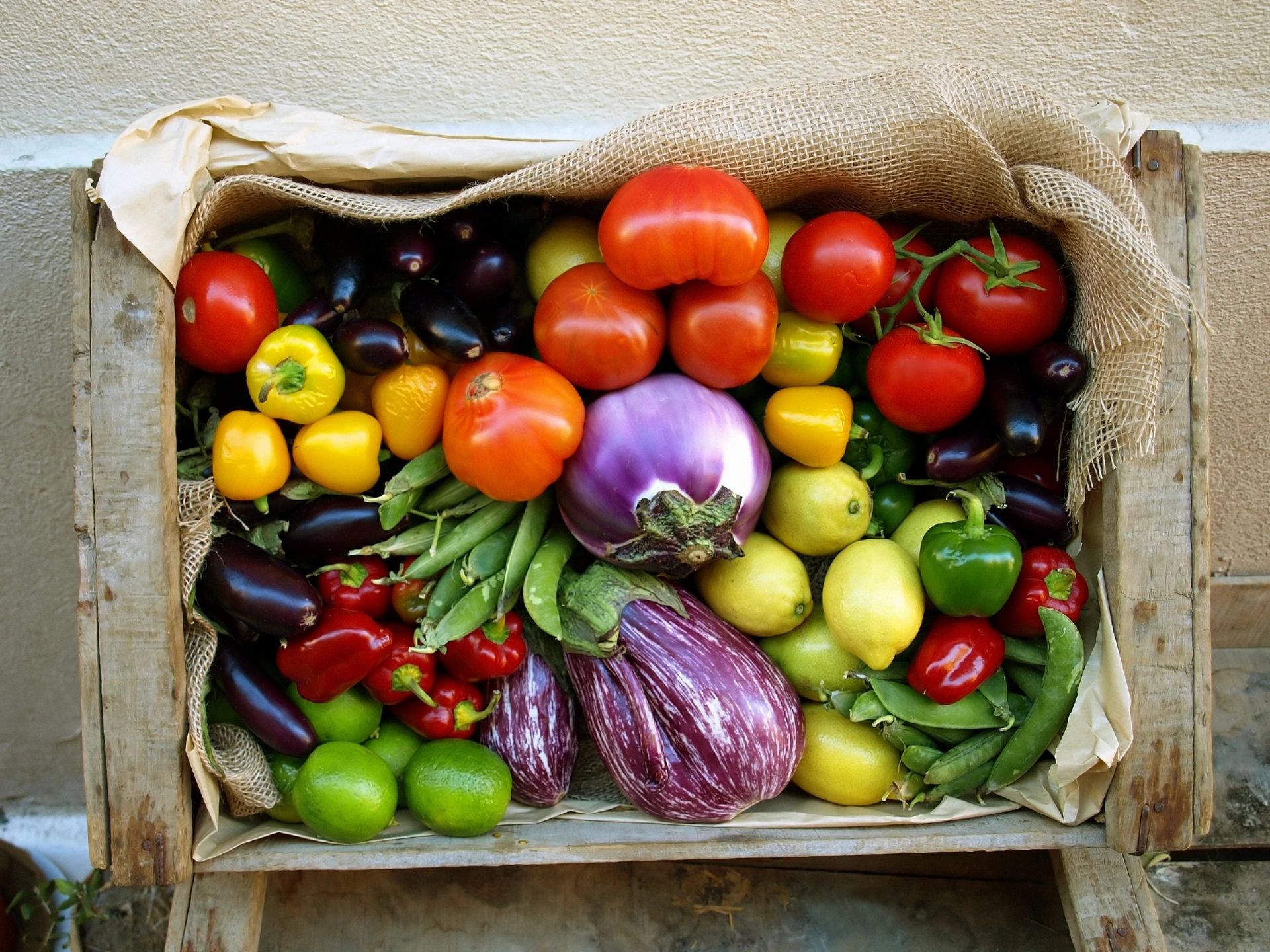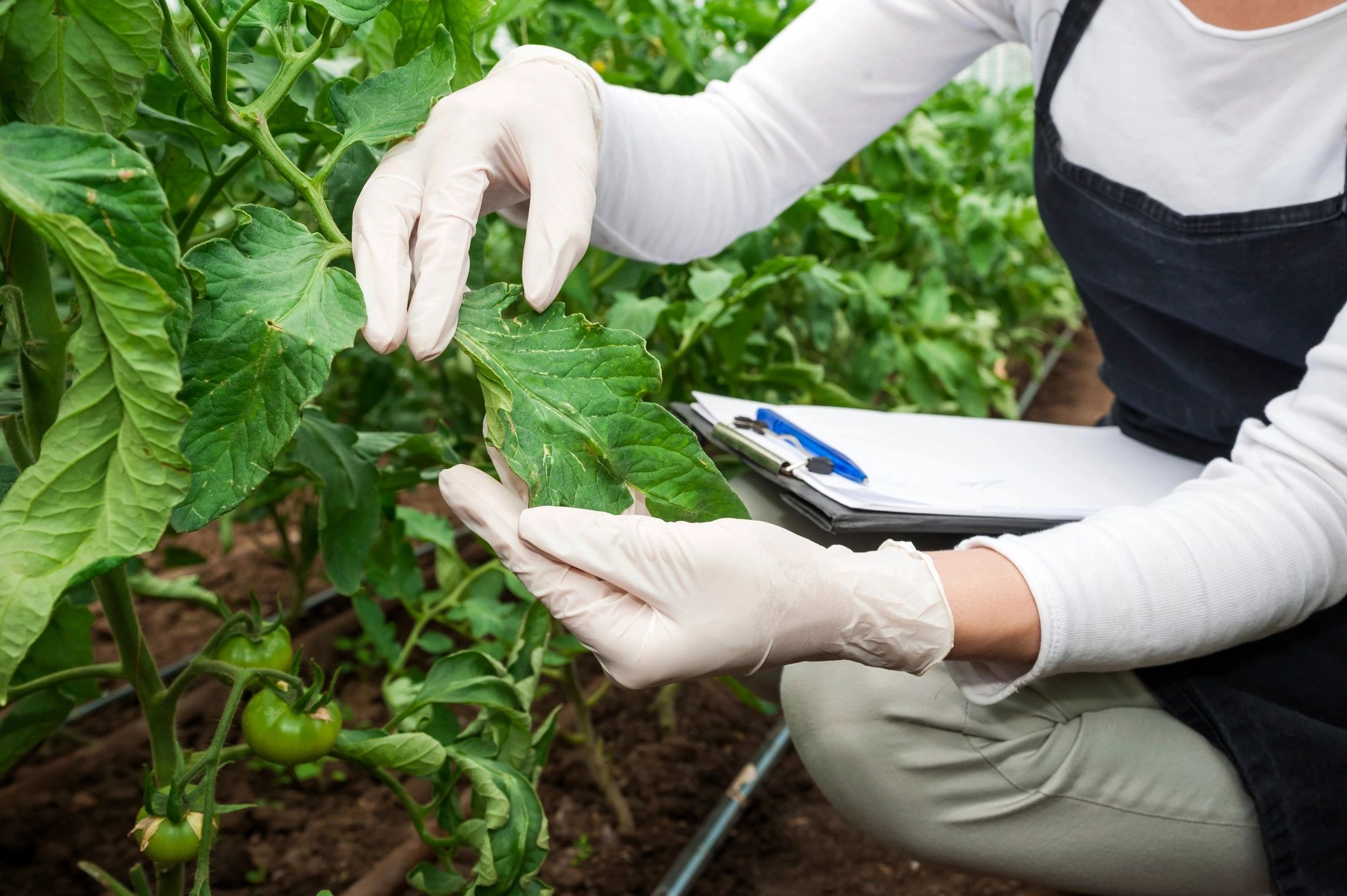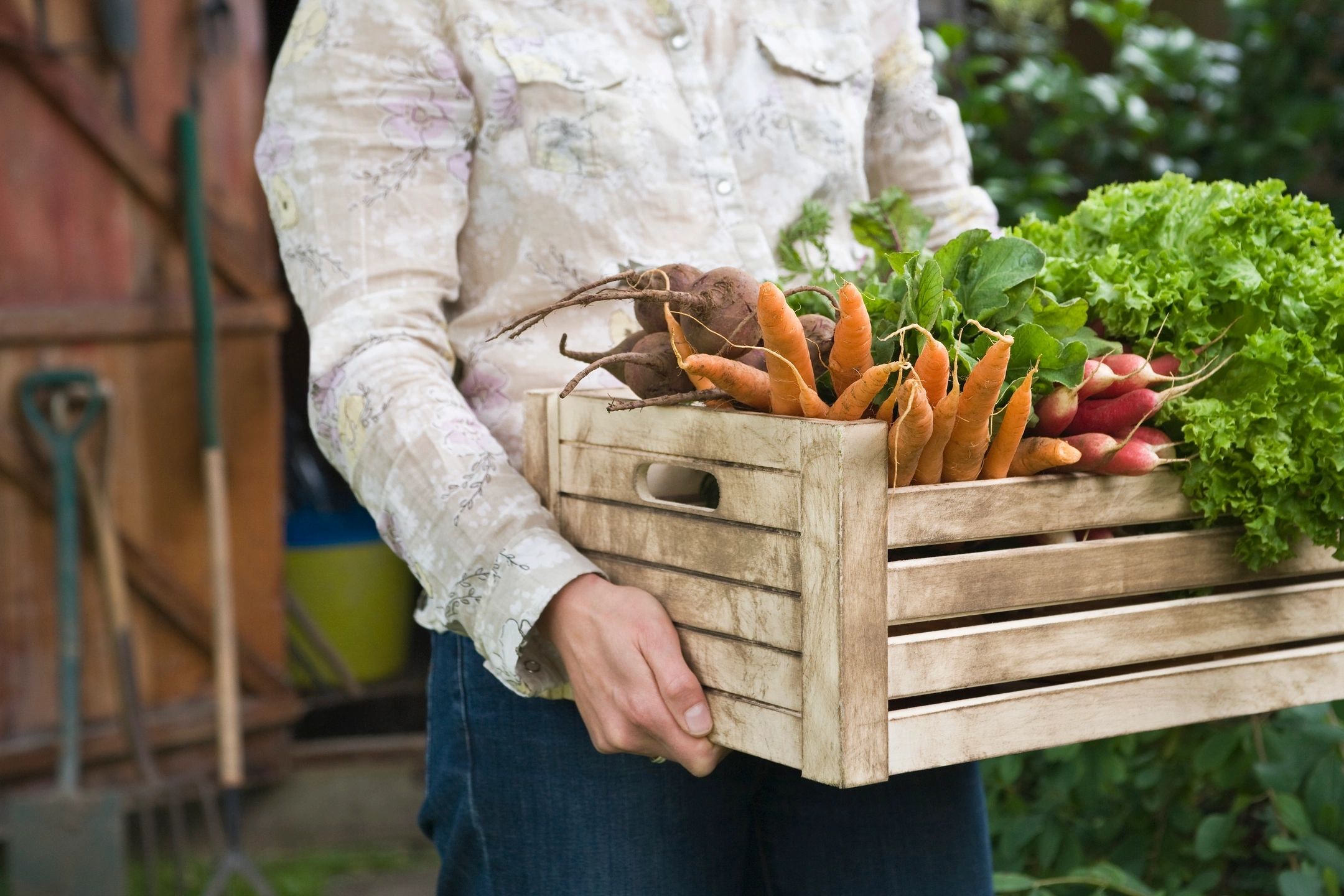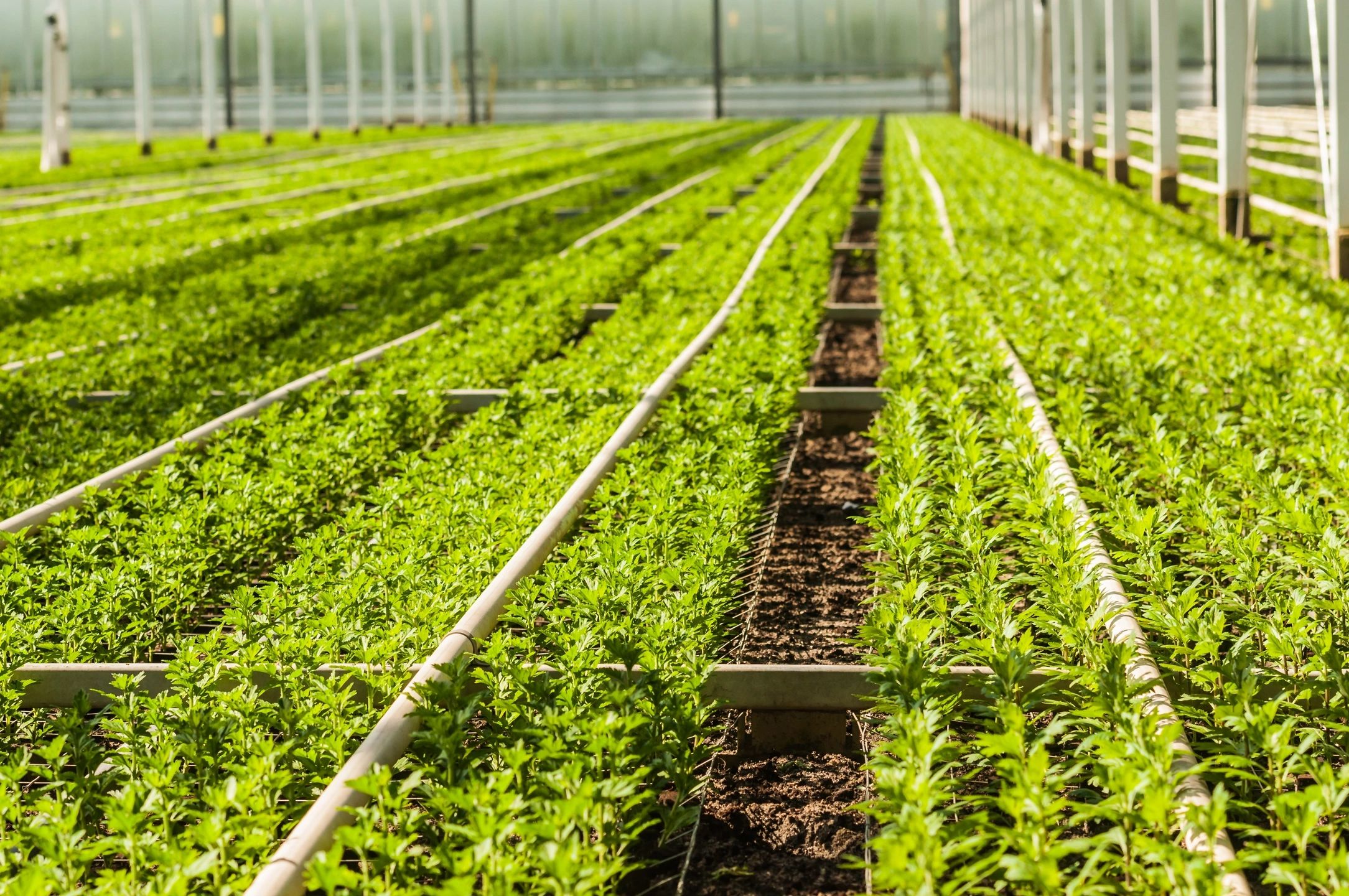Introduction
In a world grappling with climate change, food insecurity, and shrinking natural resources, the quiet hum of an eco-friendly greenhouse might not seem revolutionary—but it is. These modern marvels are transforming agriculture, reducing environmental impact, and providing sustainable solutions for the future of food.
While traditional farming methods continue to drain resources and pollute the environment, eco-friendly greenhouses offer a smarter, cleaner, and more efficient way to grow what we eat. This isn’t just about gardening—it’s about redefining how humanity coexists with nature.
Let’s explore why these innovative structures are no longer optional—but essential.
What Makes a Greenhouse Eco-Friendly?
An eco-friendly greenhouse is designed to minimize environmental impact while maximizing plant growth and resource efficiency. This is done through a mix of sustainable building materials, renewable energy, water conservation, and zero-waste principles.
Key Features of Eco-Greenhouses:
- Solar panels for off-grid energy
- Rainwater harvesting systems
- Natural ventilation instead of fossil-fuel-powered climate control
- Recycled or low-impact materials
- Compost and organic nutrient cycles
In short, it’s all about growing more with less—less energy, less water, and less waste.
1. Reduced Carbon Footprint
One of the most powerful reasons to embrace eco-friendly greenhouses is their ability to dramatically cut down on carbon emissions. Traditional farming relies heavily on diesel-powered equipment, long supply chains, and synthetic fertilizers—all major contributors to greenhouse gas emissions.
Eco-greenhouses, especially urban and local ones, slash emissions by:
- Eliminating transportation over long distances
- Using renewable energy for heating and lighting
- Relying on organic, non-synthetic growing inputs
By localizing and decarbonizing the food supply, they help mitigate climate change at its roots.
2. Water Conservation
Agriculture consumes a staggering 70% of the world’s freshwater—and much of it is wasted through runoff, evaporation, or overuse. Eco-friendly greenhouses flip the script by using closed-loop irrigation systems, rainwater collection, and soil-free hydroponic or aquaponic systems that recycle water.
Many greenhouses use up to 90% less water than traditional soil farming, making them a critical tool in water-scarce regions and drought-prone communities.
3. Year-Round Sustainable Growing
Traditional farms are vulnerable to weather, seasons, and climate instability. With unpredictable droughts, floods, and temperature swings becoming the norm, food security is at risk.
Eco-friendly greenhouses create controlled microclimates that:
- Extend growing seasons (or eliminate them entirely)
- Protect crops from extreme weather
- Increase food yields sustainably
This means fewer crop failures, less dependence on global imports, and resilient local food systems that can adapt to a changing climate.
4. Support for Urban Agriculture
With more than half the world’s population living in cities, space for traditional agriculture is disappearing. Eco-friendly greenhouses can be built on rooftops, in vacant lots, and even inside shipping containers—bringing food production directly to urban centers.
This reduces food miles and ensures that city dwellers can access fresh, organic produce without the carbon cost of transporting it across continents.
5. Waste Reduction and Circular Systems
Modern eco-greenhouses don’t just grow—they recycle. Organic waste can be composted and reused. Some setups integrate with aquaponics systems, where fish waste fertilizes plants and the plants purify water in return—a beautiful example of circular sustainability.
By designing waste out of the system, these greenhouses offer a closed-loop model that could reshape the future of farming.
6. Pesticide-Free, Pollinator-Safe
Eco-friendly greenhouses reduce or eliminate the need for synthetic pesticides and herbicides, which:
- Harm pollinators like bees and butterflies
- Leach into waterways
- Create long-term soil degradation
Inside a greenhouse, biological pest control (like ladybugs or nematodes), physical barriers, and companion planting can naturally deter pests—keeping food cleaner and ecosystems healthier.
7. Educational and Community Empowerment
These greenhouses are not just environmental tools—they’re learning labs and community centers. Schools, community gardens, and nonprofits are using eco-greenhouses to:
- Teach children about sustainability
- Empower urban communities to grow their own food
- Support food equity and health in underserved areas
They serve as both a symbol and a solution—bridging the gap between knowledge and action.
Conclusion
The world is changing fast—and our food systems must evolve with it. Eco-friendly greenhouses are not just a nice-to-have; they’re a must-have in the fight against climate change, food insecurity, and ecological collapse. They offer a blueprint for growing food that’s sustainable, resilient, and deeply aligned with nature.
So the next time you see a humble greenhouse glowing quietly in a field or city rooftop, know that it’s doing far more than growing lettuce—it’s helping heal the planet.



